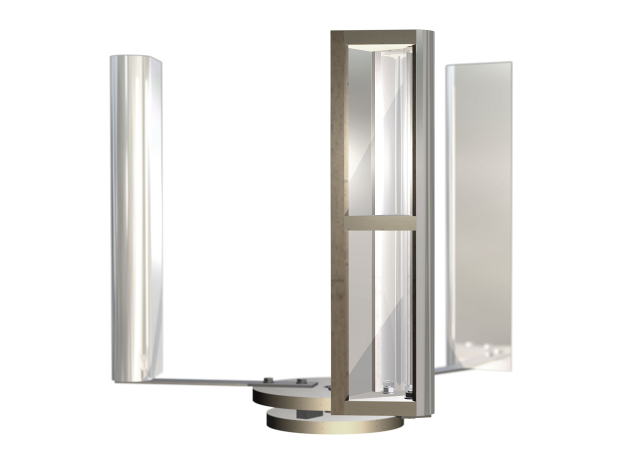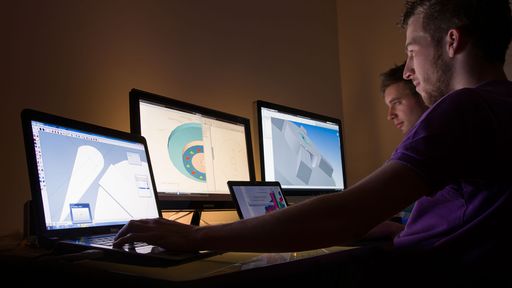Wind Turbine Campaign: Unterschied zwischen den Versionen
Zur Navigation springen
Zur Suche springen
| Zeile 98: | Zeile 98: | ||
<div class="backers-description">You recieve honorable mention on this page.</div> | <div class="backers-description">You recieve honorable mention on this page.</div> | ||
</a> | </a> | ||
| − | </div> | + | </div><div style="padding-bottom: 10px;"></div> |
| − | <div style="padding-bottom: 10px;"></div> | ||
<a href="http://wiki.opensourceecology.de/wiki/Wind_Turbine_Campaign/Spenden/en" class="roundtable" style="display:block; width:100%; min-height: 50px; background-color: #EEEEEE; color: #000000;"> | <a href="http://wiki.opensourceecology.de/wiki/Wind_Turbine_Campaign/Spenden/en" class="roundtable" style="display:block; width:100%; min-height: 50px; background-color: #EEEEEE; color: #000000;"> | ||
Version vom 13. September 2012, 19:16 Uhr

Facebook, Twitter, Share link
The open research and development platform for small wind turbine enables the low-cost discovery and use of renewable energies in everyone's garden.
What is TiVA and Why to support it?
The Tiny Vertical Axis Wind Turbine (TiVA) is a Vertical Axis Wind Turbine with tiny dimensions. Because of its small size, less materials are needed for construction, less money are spent and we can rapidly research, prototype and test different wind turbine designs. Any successful design may then be scaled up to larger wind turbines.
From TiVA to bigger
After TiVA we concentrate on scaling up the successful TiVA designs to produce more energy for more powerful applications.
Our immediate goal is to produce the best design on the scale within Germany's regulations, not greater than 4m^2 and complete assembly not higher than 10m, so that everyone can put the wind turbine in their own garden without bureaucracy and taxes.
Status
We are currently in the research phase of the TiVA plattform. We tested the lift-only type wing profile with the NACA0018 airfoil and due to its slow performance on the TiVA we will not test it further. Our next goal is to test fixed wing hybrid lift/drag designs like Lenz2.
Simulation We are preparing the technical infrastructure and software for simulating highly complex flow systems. This will help us to find optimal wind turbine designs through computer simulation. You
And this is where You come - You can help us to continue this research, build prototypes, test them, find the best wind turbine designs and share them to everyone.
|
350 € of 15,000 €
1 Donors |

